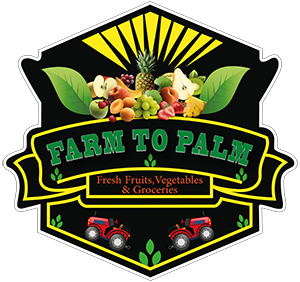Having kidney disease often necessitates adherence to a particular diet. Such a diet is typically characterized by reduced sodium, phosphorus, and potassium intake. It might not cure the kidneys, but it can improve their health.
Kidney disease frequently has risk factors such as diabetes and hypertension. Other potential contributors include obesity, smoking, insulin resistance, elevated uric acid levels, and other health conditions.
If the kidneys aren’t functioning correctly, waste from food accumulates in the blood.
Hence, those with kidney disease can reap significant benefits by adhering to a specific renal diet.
This article highlights 20 of the most beneficial foods for individuals with kidney disease.
The Role of Diet in Kidney Disease Management
The dietary limitations associated with kidney disease depend primarily on the severity of the kidney damage. Individuals with advanced kidney disease will have different nutritional restrictions than those in the early stages.
Regardless of the stage, the diet must enhance kidney performance and minimize the risk of further damage.
Though dietary restrictions can vary, individuals with kidney disease generally need to limit certain nutrients. This is because the kidneys may struggle to eliminate or process these nutrients, and high levels could harm the body.
| Nutrient | Recommended Amount |
|---|---|
| Sodium (the main component in salt) | Less than 2,000 milligrams (mg) per day |
| Potassium | Restrictions vary based on the kidney disease stage |
| Phosphorus | 600–800 mg per day |
| Protein | Rules vary based on the kidney disease stage |
Since there’s a strong correlation between kidney disease and heart disease, pairing these dietary adjustments with a heart-healthy diet is advantageous. Such a diet would be rich in fresh, plant-based foods and low in saturated fats.
Every individual’s experience with kidney disease is unique, so it’s critical to consult a doctor about specific dietary requirements.
1. Cauliflower
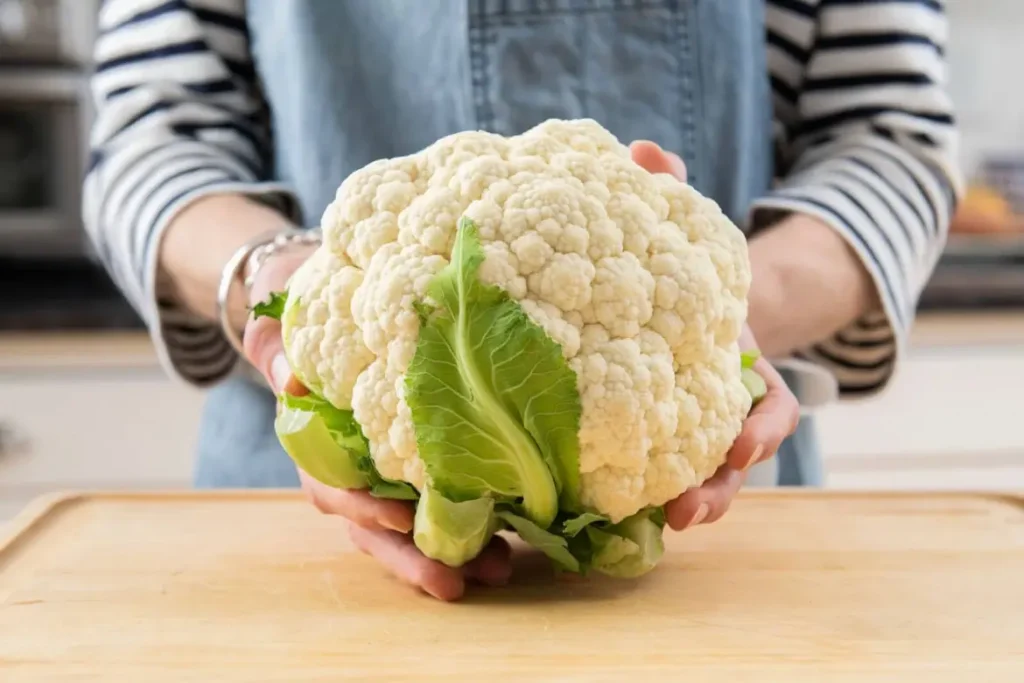
Cauliflower is a nutrient-dense vegetable, offering a wealth of nutrients such as vitamin K, folate, and fiber. It also boasts antioxidants and compounds with anti-inflammatory properties.
For a low-potassium alternative to potatoes, consider substituting with mashed cauliflower.
A half-cup serving (62 grams) of boiled, unsalted cauliflower provides:
- Sodium: 9.3 mg
- Potassium: 88 mg
- Phosphorus: 20 mg
- Protein: 1 g
2. Blueberries
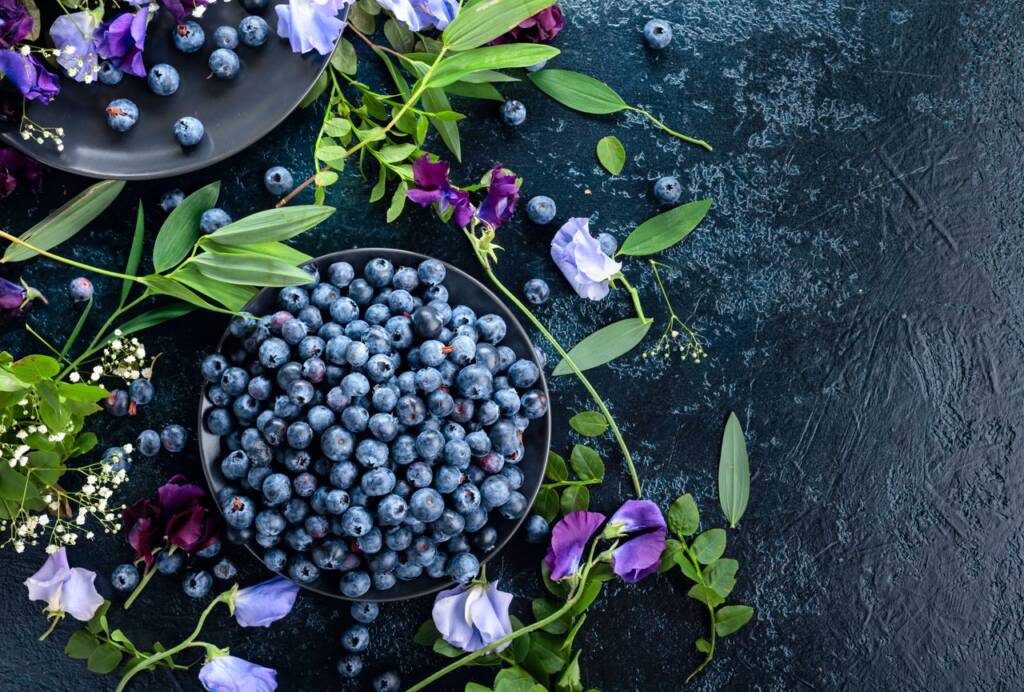
Blueberries are packed with nutrients and abundant in anthocyanins – antioxidants that may offer protection against heart disease, diabetes, and other conditions.
Additionally, they are low in sodium, phosphorus, and potassium.
A cup of fresh blueberries (148 g) provides:
- Sodium: 1.5 mg
- Potassium: 114 mg
- Phosphorus: 18 mg
- Protein: 1 g
3. Sea Bass
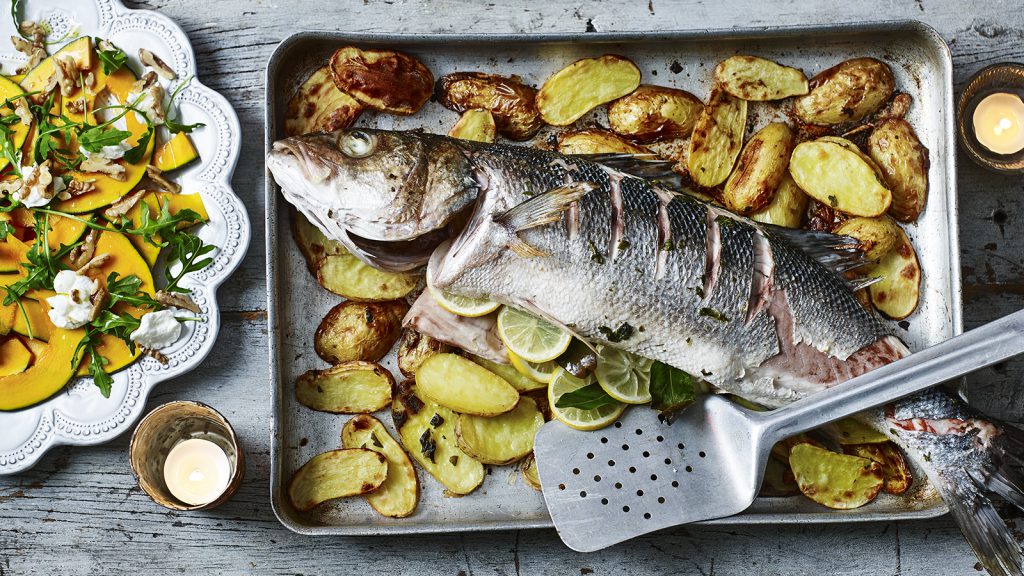
Sea bass is a high-quality protein source and offers healthy omega-3 fats. These omega-3s can help prevent various diseases and enhance the health of individuals with chronic conditions.
Three ounces (85 grams) of cooked sea bass provide:
- Sodium: 74 mg
- Potassium: 279 mg
- Phosphorus: 211 mg
- Protein: 20 g
However, the National Institute of Diabetes and Digestive and Kidney Diseases (NIDDK) suggests consuming small portions of meat or fish, as high protein content can strain the kidneys.
A portion should be about 2–3 ounces of chicken, fish, or meat, roughly equivalent to the size of a deck of cards.
4. Red Grapes

Red grapes are rich in antioxidants known as flavonoids, which may help mitigate inflammation and protect against heart disease, diabetes, and other health issues.
A half-cup serving (75 grams) of red grapes provides:
- Sodium: 1.5 mg
- Potassium: 144 mg
- Phosphorus: 15 mg
- Protein: 0.5 g
5. Egg Whites
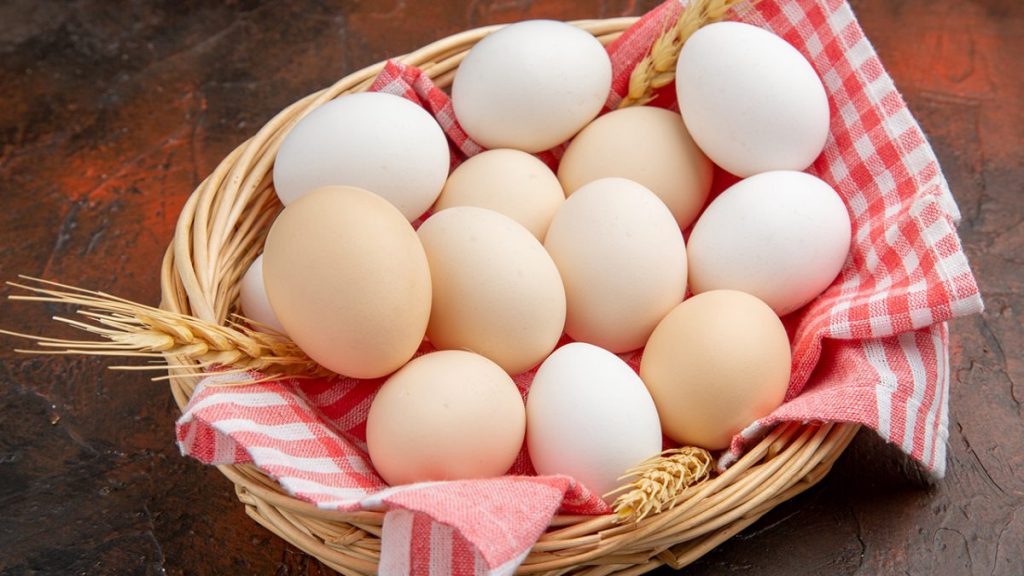
Egg whites are an excellent, kidney-friendly protein source low in phosphorus. They could be a superior option to whole eggs for individuals on a renal diet, given that egg yolks can be high in phosphorus.
Two large, raw egg whites (66 grams) provide:
- Sodium: 110 mg
- Potassium: 108 mg
- Phosphorus: 10 mg
- Protein: 7 g
6. Garlic
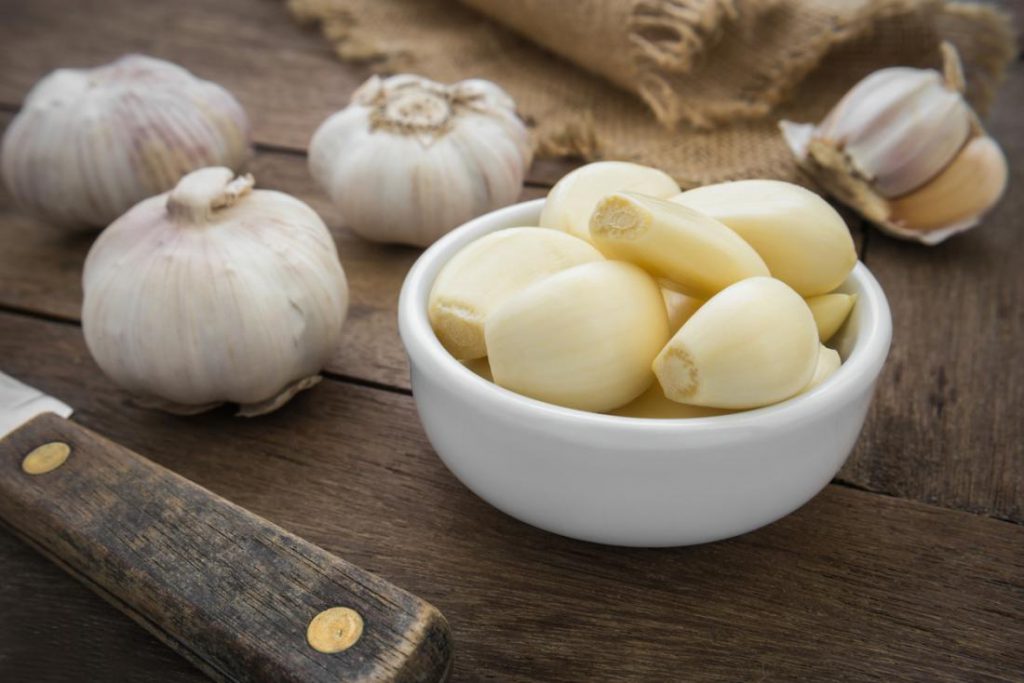
Garlic offers a flavorful alternative to salt, enhancing the taste of dishes and delivering nutritional benefits.
It’s a rich manganese and vitamin B6 source and contains sulfur compounds with anti-inflammatory properties.
Three cloves (9 grams) of garlic provide:
- Sodium: 1.5 mg
- Potassium: 36 mg
- Phosphorus: 14 mg
- Protein: 0.5 g
7. Buckwheat

Buckwheat, a low-potassium whole grain, is packed with B vitamins, magnesium, iron, and fiber.
It’s also gluten-free, suitable for individuals with celiac disease or gluten intolerance.
A half-cup serving (84 grams) of buckwheat provides:
- Sodium: 0.8 mg
- Potassium: 391 mg
- Phosphorus: 295 mg
- Protein: 11 g
8. Olive Oil
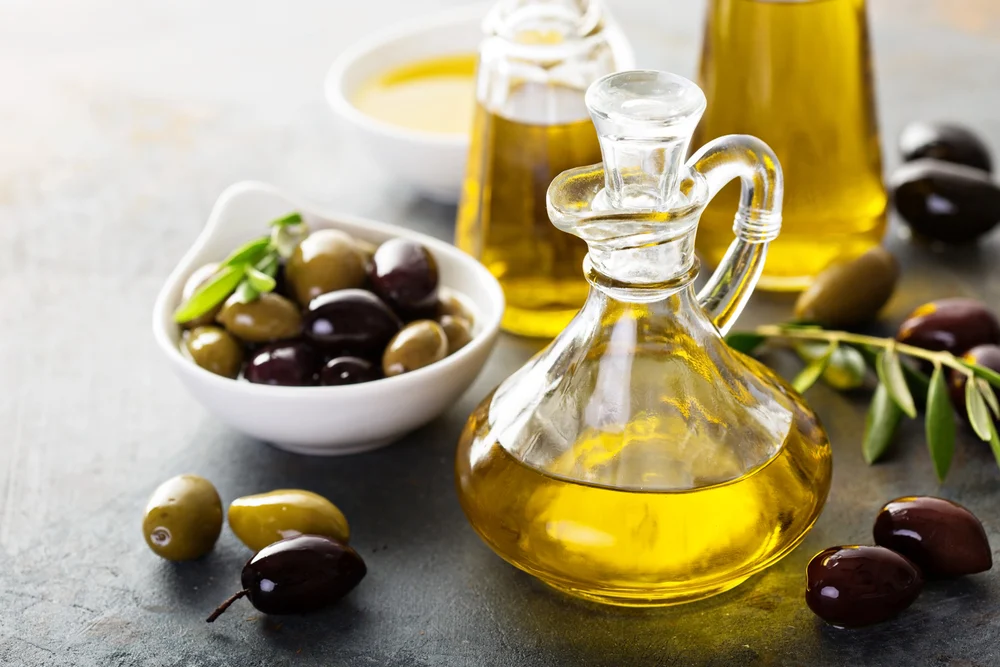
Olive oil provides healthy amounts of vitamin E and primarily unsaturated fats. It’s also phosphorus-free, making it a suitable option for individuals with kidney disease.
Olive oil’s fat content mainly consists of oleic acid, which has anti-inflammatory properties. Moreover, monounsaturated fats remain stable at high temperatures, making olive oil a healthy cooking option.
One tablespoon (14 grams) of olive oil provides:
- Sodium: 0.3 mg
- Potassium: 0.1 mg
- Phosphorus: 0 mg
- Protein: 0 g
9. Bulgur

Bulgur, a whole-grain wheat product, is a kidney-friendly alternative to other whole grains higher in potassium and phosphorus.
Bulgur offers B vitamins, magnesium, iron, plant-based protein, and fiber, which are crucial for digestive health.
A half-cup serving (70g) of cooked bulgur provides:
- Sodium: 154 mg
- Potassium: 48 mg
- Phosphorus: 28 mg
- Protein: 2 g
10. Cabbage
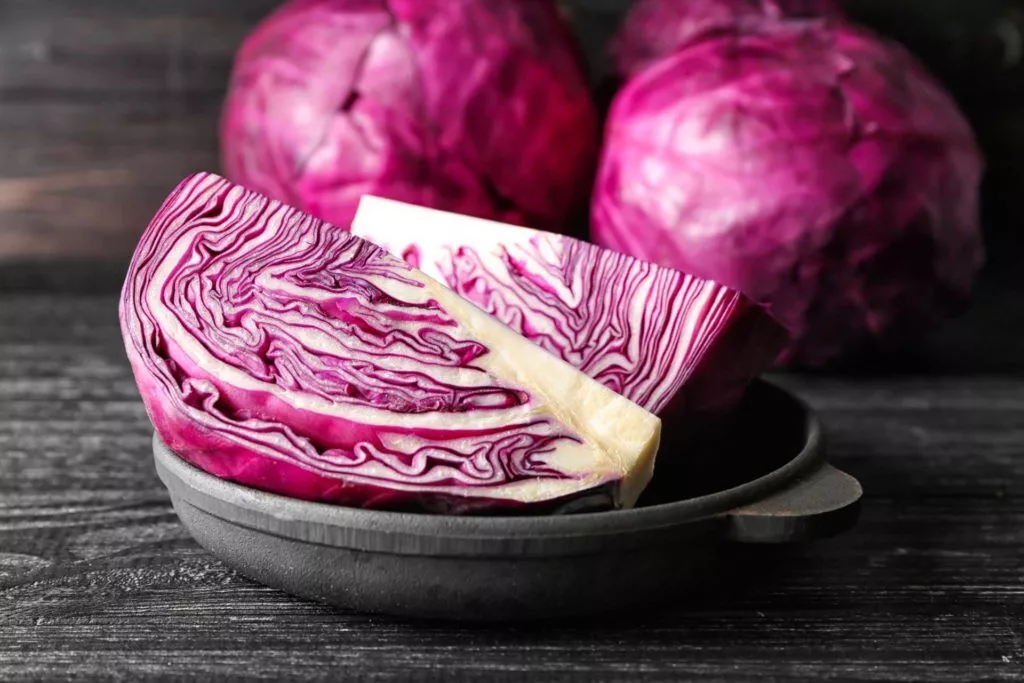
Cabbage, a member of the cruciferous vegetable family, is packed with vitamins, minerals, and antioxidant compounds.
According to a 2021 study, white, green, and red cabbage can aid in:
- Blood sugar management
- Reduction of kidney and liver damage risk
- Prevention of oxidative stress and obesity
A cup serving (70g) of shredded savoy cabbage provides:
- Sodium: 20 mg
- Potassium: 161 mg
- Phosphorus: 29 mg
- Protein: 1.4 g
11. Skinless Chicken
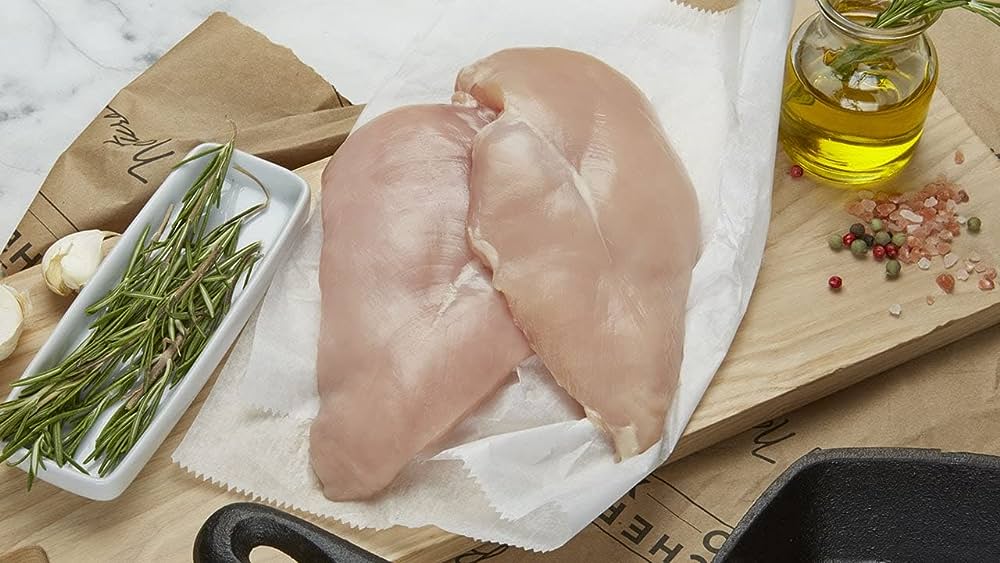
Skinless chicken breast contains less fat and phosphorus than chicken with skin.
A cup serving (140 g) of cooked, skinless chicken breast provides:
- Sodium: 104 mg
- Potassium: 358 mg
- Phosphorus: 319 mg
- Protein: 44 g
The NIDDK recommends individuals with kidney disease limit their meat and fish portions to 2–3 ounces, as high protein levels can strain the kidneys.
12. Bell Peppers

Bell peppers are rich in vitamins A and C and other antioxidants but are low in potassium.
These nutrients are crucial for immune function, closely tied to kidney disease.
One medium-sized red pepper (100 g) provides:
- Sodium: less than 2.5 mg
- Potassium: 213 mg
- Phosphorus: 27 mg
- Protein: 1 g
13. Onions
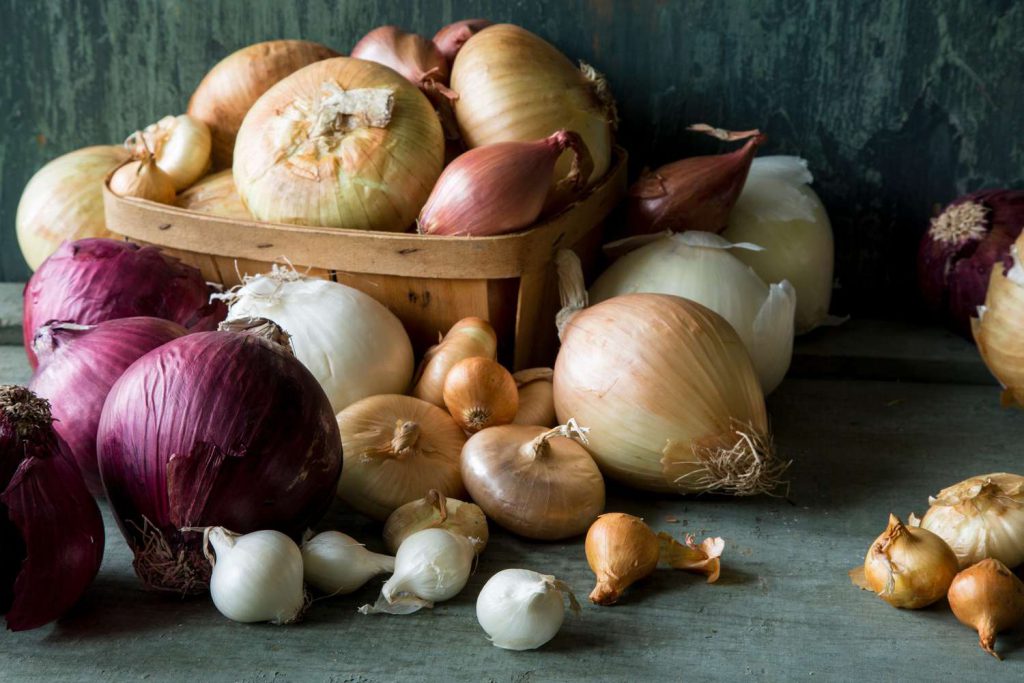
Cutting back on salt can be challenging, but onions offer a sodium-free way to add flavor to dishes suitable for a renal diet.
Sautéed onions with garlic, olive oil, and herbs can boost the taste of meals without risking kidney health.
Onions are a source of vitamin C, manganese, and B vitamins, including folate, and also contain prebiotic fibers that help maintain a healthy digestive system by nourishing beneficial gut bacteria.
One small onion (70 grams) provides:
- Sodium: 3 mg
- Potassium: 102 mg
- Phosphorus: 20 mg
- Protein: 0.8 g
14. Arugula

Arugula, a flavorful and nutrient-rich green, is low in potassium, making it an excellent choice for kidney-friendly salads and side dishes.
It provides vitamin K, manganese, and calcium, all crucial for bone health. Additionally, arugula contains nitrates that can help lower blood pressure, a significant benefit for those with kidney disease.
One cup (20 grams) of raw arugula provides:
- Sodium: 5 mg
- Potassium: 74 mg
- Phosphorus: 10 mg
- Protein: 5 g
15. Macadamia Nuts
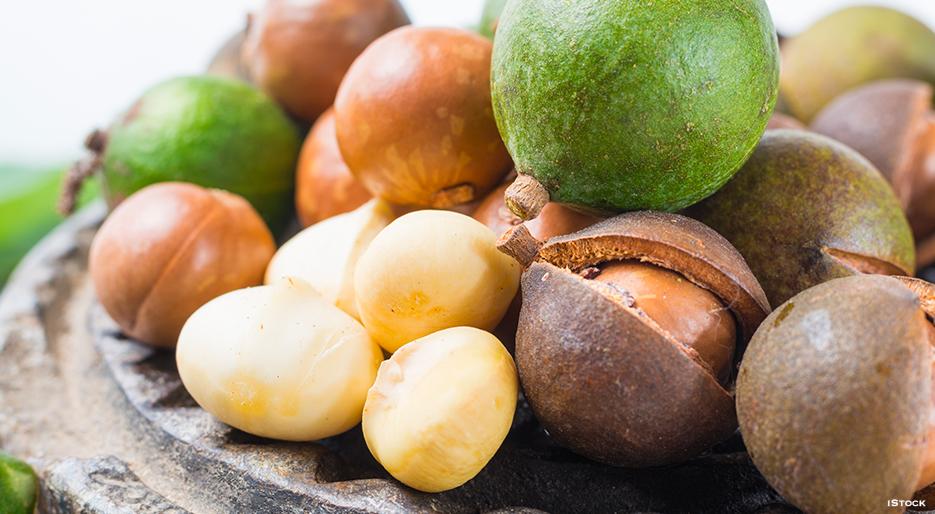
While most nuts are high in phosphorus and unsuitable for a renal diet, macadamia nuts are a tasty alternative for people with kidney issues. They have lower potassium and phosphorus levels compared to peanuts or almonds.
Also, they offer calcium, healthy fats, folate, magnesium, copper, iron, and manganese.
One ounce (28 grams) of macadamia nuts provides:
- Sodium: 1.4 mg
- Potassium: 104 mg
- Phosphorus: 53 mg
- Protein: 2 g
16. Radish

Radishes are crunchy vegetables that make a healthy addition to a renal diet. They are deficient in potassium and phosphorus but contain other vital nutrients like folate and vitamin A.
Their peppery flavor adds an exciting taste to low-sodium dishes.
A half-cup (58 grams) of sliced radishes provides:
- Sodium: 23 mg
- Potassium: 135 mg
- Phosphorus: 12 mg
- Protein: 0.5 g
17. Turnips

Turnips are root vegetables that offer fiber, vitamin C, vitamin B6, and manganese.
They can be roasted, boiled, and mashed for a healthy side dish suitable for a renal diet. Alternatively, serve raw grated turnips in a salad or add them to a winter stew.
A half-cup (80 grams) of cooked turnip cubes provides:
- Sodium: 160 mg
- Potassium: 159 mg
- Phosphorus: 22 mg
- Protein: 1 g
18. Pineapple

Pineapple is a sweet treat suitable for individuals with kidney issues. It’s lower in phosphorus, potassium, and sodium than oranges, bananas, or kiwis.
Pineapple is also a good fiber and vitamin A source and contains bromelain, an enzyme that may help reduce inflammation.
One cup (165 grams) of pineapple chunks provides:
- Sodium: 2 mg
- Potassium: 180 mg
- Phosphorus: 13 mg
- Protein: 1 g
19. Cranberries

Cranberries contain A-type proanthocyanidins, phytonutrients that act as antioxidants and may help prevent urinary tract and kidney infections by reducing bacteria levels in urine. They are also low in potassium, phosphorus, and sodium.
Considering the close relationship between urinary tract infections (UTIs) and kidney infections, preventing UTIs is essential to avoid kidney complications.
Cranberries can be consumed dried, cooked, fresh, or as juice.
One cup (100 grams) of whole, fresh cranberries contains:
- Sodium: 2 mg
- Potassium: 80 mg
- Phosphorus: 11 mg
- Protein: 0.5 g
20. Shiitake Mushrooms
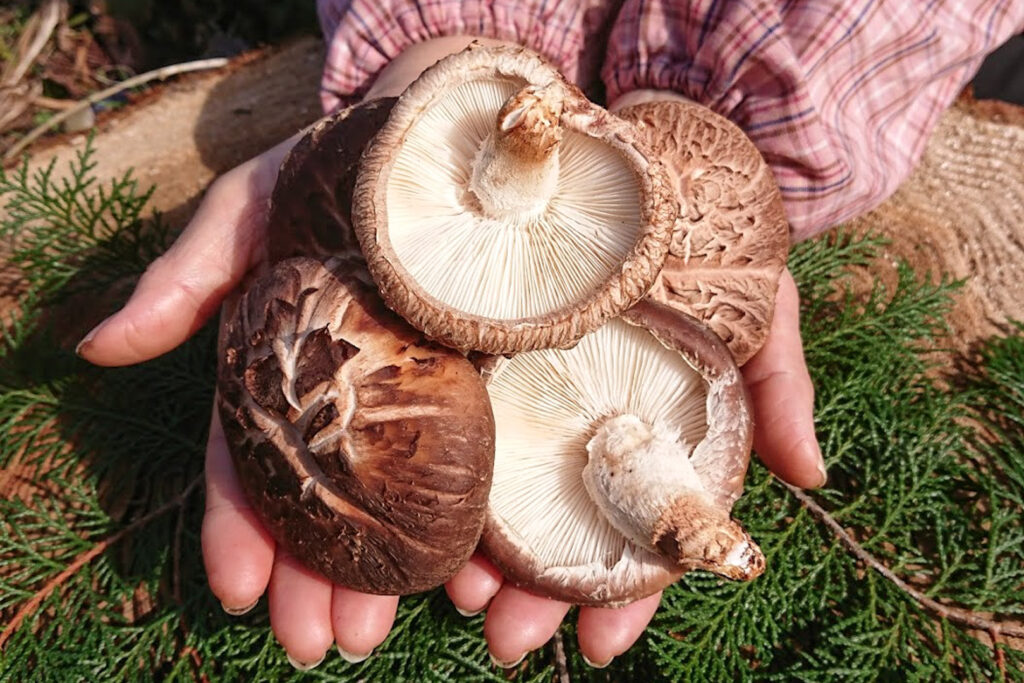
Shiitake mushrooms offer a savory taste and can serve as a plant-based meat substitute. They are suitable for individuals with kidney disease following a plant-based diet or those on a renal diet who need to limit protein intake.
These mushrooms are an excellent source of B vitamins, copper, manganese, and selenium. They also provide a good amount of plant-based protein and dietary fiber.
Compared to portobello and white button mushrooms, shiitake mushrooms have lower potassium, sodium, and phosphorus levels, making them a wise choice for those adhering to a renal diet.
One cup (145 grams) of cooked shiitake mushroom pieces (without added salt) contains:
- Sodium: 6 mg
- Potassium: 170 mg
- Phosphorus: 42 mg
- Protein: 2 g
Frequently Asked Questions
Are there any foods that can heal the kidneys?
It may not always be possible to heal the kidneys, especially in cases of long-term kidney disease. However, dietary choices such as reducing salt intake can help alleviate kidney stress, improve their function, and slow disease progression.
What is the best drink for healthy kidneys?
Water is the best option as it helps flush out the kidneys without adding toxins. There is also increasing evidence that drinking plain water may aid in preventing kidney disease. Unsweetened cranberry juice is another good choice, as it contains antioxidants that may help protect the kidneys from infections. Rice milk not enriched with potassium or phosphorus can also be considered. It is advised to limit or avoid alcohol intake as it can increase the risk of various health problems.
What are ten foods that are bad for the kidneys?
If you have kidney disease, foods to avoid are those high in sodium, phosphorus, or both. Some items to limit or avoid include processed and premade meals with added sodium, canned foods with added salt (opt for salt-free or rinse them before use), large portions of protein foods like meat or dairy products, high-fat and non-heart-healthy foods, alcohol, packaged foods with labels indicating high phosphorus content, deli meats, bran cereals, and oatmeal. For more information on foods to avoid kidney disease, consult a healthcare professional.
The bottom line
Individuals with kidney disease must manage their phosphorus, salt, and potassium intake. Protein intake may also need to be limited at certain stages. As nutritional needs and restrictions can vary throughout the disease, it is crucial to consult a doctor before making any dietary changes. They can assist in devising a suitable diet based on individual requirements. Convenient options may include chicken, shiitake mushrooms, cranberries, macadamia nuts, and many other tasty and healthy foods.
